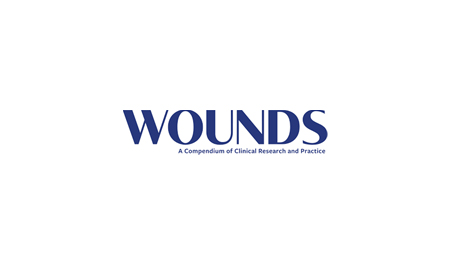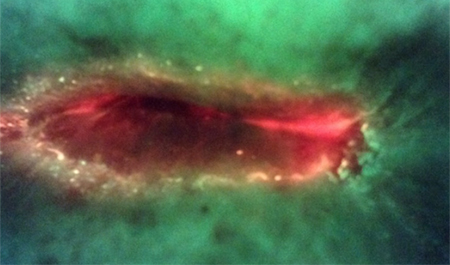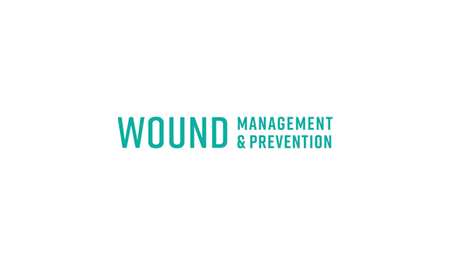Abstract:
(1) Background: Systemic antibiotic use in chronic wounds is alarmingly high worldwide. Between 53% to 71% of patients are prescribed at least one course per chronic wound. Systemic antibiotic use should follow antibiotic stewardship guidelines and ought to be reserved for situations where their use is deemed supported by clinical indications. Unfortunately, in the field of wound care, indiscriminate and often inadequate use of systemic antibiotics is leading to both patient complications and worsening antibiotic resistance rates. Implementing novel tools that help clinicians prevent misuse or objectively determine the true need for systemic antibiotics is essential to reduce prescribing rates. (2) Methods: We present a compendium of available systemic antibiotic prescription rates in chronic wounds. The impact of various strategies used to improve these rates, as well as preliminary data on the impact of implementing fluorescence imaging technology (MolecuLight) to finesse wound status diagnosis, are presented. (3) Results: Interventions including feedback from wound care surveillance and treatment data registries as well as better diagnostic strategies can ameliorate antibiotic misuse. (4) Conclusions: Interventions that mitigate unnecessary antibiotic use are needed. Effective strategies include those that raise awareness of antibiotic overprescribing and those that enhance diagnosis of infection, such as fluorescence imaging (MolecuLight).















